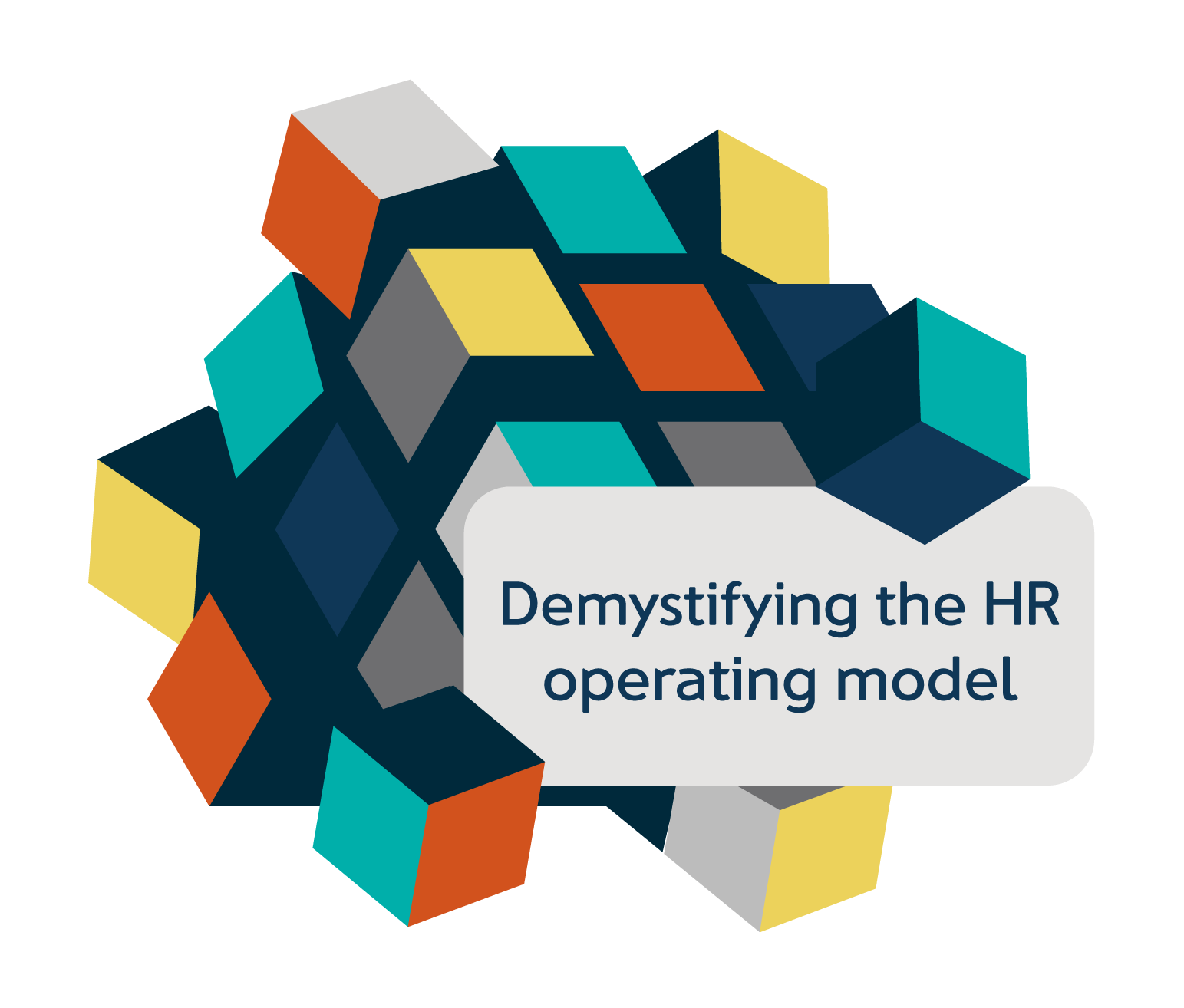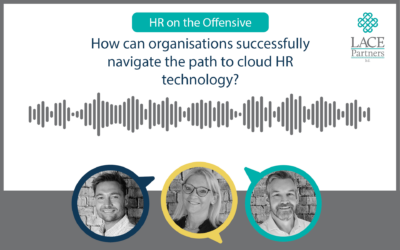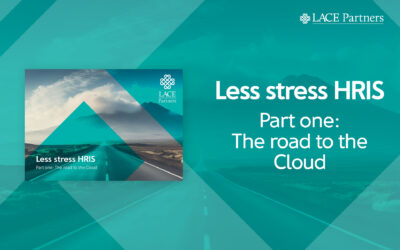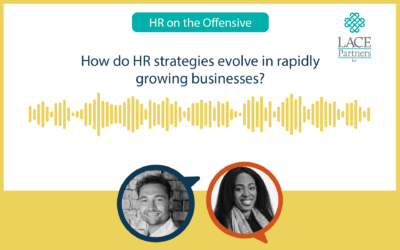Why we recommend building your HR operating model around the business outcome you most want to achieve.
Here at LACE HQ, our mission is to demystify the HR operating model.
We are running this series to help HR and People teams set their HR operating model up for success, with the organisational context as the primary driver of design.
What does that mean?
One of the common challenges we hear is that HR can operate in silos, without aligning to the wider business strategy. We’re here to change that.
We believe that it is all about context and that starts with understanding the business’s strategic objectives and wider organisational context ahead of making any changes to how HR operates or is structured.
Tell us, what is your core business driver?
We’ve identified four business drivers to help understand that we need different HR operating models to achieve successful outcomes. When picking the one most relevant to your business, you may be tempted to say, ‘all of them,’ but try and narrow it down to the core primary driver.
Agility
“Our business is constantly reshaping through restructures, acquisitions, mergers and divestments and/or responding to a rapidly evolving competitor landscape.”
Customer intimacy
“Our business has a large frontline workforce who interact directly with the customer and we succeed by building strong customer relationships.”
Rapid growth
“Our business is scaling rapidly into new markets, sectors or channels and our success is determined by hitting our growth targets.”
Productivity
“Our business operates within a higher volume/lower margin sector and we focus on doing things well, once.”
Is your business on a quest for agility?
If change is the only constant, you may be on a quest for agility. This means HR needs the ability to consistently scale up change and transformation support to meet the demands of workforce transformation.
Whether it’s M&A activity or shifts in the market, the traditional HR operating model can struggle to deal with the significant peaks and troughs experienced through organisational change.
You may be thinking:
- Do we have sufficient specialist capabilities in organisational design, change and workforce analytics to meet the ongoing demand for transformation support?
- How can we build the right level of flexibility and demand management in our function?
- How do we enhance project management and PMO capabilities to ensure our projects succeed?
Sounds like you? Find out more about the quest for agility here.
Does your business desire greater customer intimacy and engagement?
We know happy employees lead to happy customers, but how can you best align the HR service provision and structure to achieve this?
When customer intimacy is your business driver your HR operating model needs to be set up to boost both EX and CX!
You may be thinking:
- How do I prioritise creating a fantastic experience for employees, especially those on the front line interacting with customers?
- How do we put the customer at the heart of our roles, teams and capabilities?
- How does HR become nimble enough to quickly respond to changes in customer and employee needs?
Any of this ring true for you? Learn more about how to build your HR operating model to support your quest for CX here.
Is your business pursuing productivity?
If your business is pursuing productivity, you may be operating in a high volume, low margin business sector, focused on reducing costs or needing to stay ahead of competitors by producing your product / service more efficiently and effectively. The focus here is doing things well and doing them once.
The implications for the HR operating model for a business pursuing productivity are significant. HR will need to be leaner, achieving a lower-cost base through automation or by increasing reliance on people managers to handle HR activities.
If so, you may be thinking:
- How can we automate and digitise HR products and services as much as possible?
- How do we make the most of new AI solutions within HR and the wider business?
- How do I equip line managers to be fantastic people managers?
- How do I build a workforce to be more independent, self-serving where possible?
- How do I deliver a HR function that is lean without creating risk to the business?
If productivity is the name of the game, we have a rule book for you. Learn more about this quest here.
Is your business on the pursuit of rapid growth?
So, sky is the limit and you need to rapidly scale? Possibly into a new business sector, channel, geography or through new investment channels like private equity?
The HR function needs to be able to ensure all activities support growth. For established businesses, the focus is on Talent Demand (talent acquisition and strategic workforce planning) and building capability quickly to enable growth and differentiation. Smaller businesses or startups may initially need more structured HR support in areas like recruitment and compliance.
If you’re growing, you may be thinking:
- Is our Talent Demand (talent acquisition and strategic workforce planning) function set up to acquire talent in the volume and quality we need to support rapid business growth?
- What are the pinch points for my workforce to avoid attrition?
- Which HR services are ‘core’ across all business areas/geographies vs those we could outsource or need to differentiate to support growth?
- How scalable is our intake process for new services or markets in terms of workforce readiness?
- Do we have the HR skills and capabilities to enable rapid adaptation?
If the above resonates with you, growing pains may be on the horizon! Learn about how to avoid them with a brilliant HR op model here.
What else do I need to factor in?
Alongside business drivers, there are 3 other organisational components relevant to all operating model designs that must also be considered:
Geographic spread: How you apply the design of the HR operating model may vary depending on the geographical spread of your business and whether the presence per country is large or small.
Workforce demographics: The percentage of onsite/frontline workers compared to corporate staff is a key consideration as part of design as you may need a different service offering for different workforce segments.
Government and legal compliance: The operating model design must consider the regulatory environment and legal requirements where your business operates, to adhere to local labour laws and compliance standards.
Final takeaways
In summary, at LACE HQ we are dedicated to helping HR and People teams design their HR operating models for success. Our mission is to ensure that these models are driven by the unique context and strategic objectives of your organisation.
We’re here to challenge the more traditional operating models and ways of working. Understanding your core business drivers—whether it’s agility, customer intimacy, productivity, or rapid growth—is crucial for designing an effective HR operating model.
In addition to these drivers, consider three essential organisational components: geographic spread, workforce demographics, and government and legal compliance. These elements are critical in tailoring your HR model to your specific needs.
Explore our comprehensive guides for detailed insights and practical tips on aligning your HR operations with your business goals. Together, we can build an HR function that not only supports but drives your company’s success.
If you’d like help or a chat with our friendly team about your HR operating model, simply reach out via the form below.







